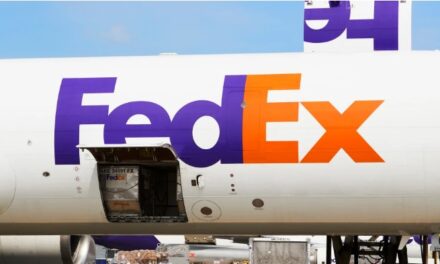
Postal Fallout – postal crisis affect airlines
For airlines already reeling from the financial and traffic fallout from September 11, there was little comfort from the most dependable of their businesses, the U.S. Postal Service.
The deadly mail-borne anthrax attacks aimed at the United States government last month opened new fronts of concern for the carriers, offering an alarming example of how rapidly their safety picture was changing even as they tried to piece together a sense of financial and operating security.
The bio-terror scare also plunged the U.S. Postal Service itself into a fresh financial crisis, undercutting confidence in routine mail delivery and apparently speeding up a rush away from the expedited delivery services the post office has used to compete with private express carriers. The world’s largest post office was already projecting a $1.3 billion loss this year and that will likely double.
That business concern was second to the basic health threat, however. With postal workers dead from apparently inhaled anthrax, carriers and aircraft manufacturers were even looking at issues such as the circulation of air between bellies and the passenger cabin as the airlines sought to protect one source of flagging revenue.
“The Postal Service is coming into this near bankruptcy and with no cash,” said Alan Robinson, a Maryland-based consultant in postal matters. “It has to restore the confidence of its employees and its customers. If it doesn’t, it is going to shrink very, very rapidly.”
Others said the postal crisis could even damage postal privatization efforts. “Any talk of privatization in the U.S. right now, forget it,” said Pittsburgh-based parcel industry consultant Satish Jindel. “You’re also going to see governments that had been going in that direction slow down.”
Air carriers were coping with more immediate concerns. Industry experts say the U.S. combination airlines got about $635 million from the USPS for mail traffic in the fiscal year ending Sept. 30, 2000. The returns were already sinking before September 11: some traffic was moving toward FedEx aircraft under a huge new postal contract and Priority Mail and Express Mail were down 12.5 percent and 5.5 percent, respectively, in July and August.
Officials at FedEx and at combination airlines noted that the vast majority of mail comes to them in containers or bags, minimizing contamination possibilities.
Since the attacks, mail on passenger airlines has been restricted to pieces up to 16 ounces, with heavier traffic going to freighters. International mail had been barred from the carriers until Oct. 4 and carriers were hoping to get larger parcels “turned on” before the anthrax scare erupted. That appeared unlikely after word of those deaths and new infections spread, and Jindel suggested the Postal Service may have to impose its own version of the known shipper rule on a business that deals with many millions of customers each day – a foreboding task as the world’s largest postal service nears it’s the holiday delivery season.
Air Cargo World












